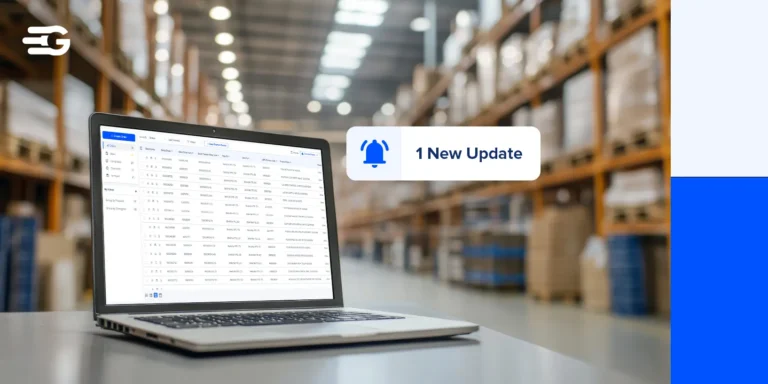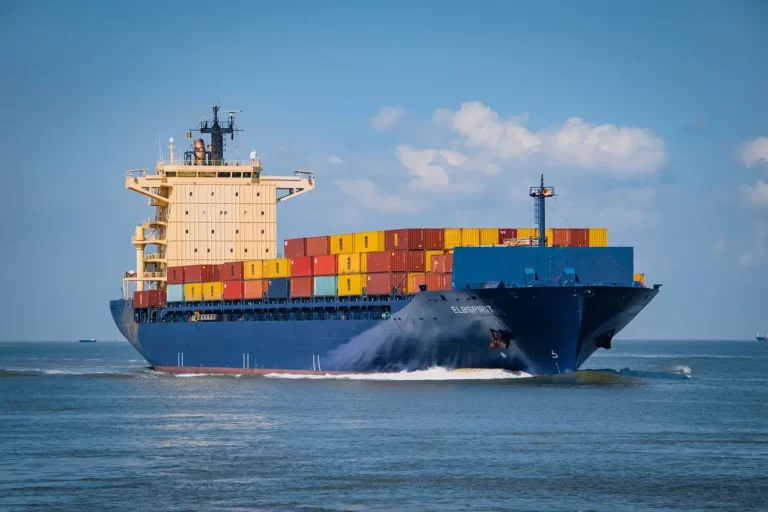Top 5 supply chain trends to watch out for in 2020
Unexpected disruptions in supply chains around the world have led the industry to be more cautious, especially in the post lockdown phase that we are currently entering. Newer technologies and better approaches to existing solutions are required to gain a competitive edge in the market.
One of the major ingredients of competent decision-making is a bulletproof strategy, which is why it is expected of every business to look ahead and take note of the current digital and other advancements in the supply chain. Not only will this approach make your supply chain more resilient, but also keeps you well-equipped to tackle any unanticipated disruptions head-on.
Here are some of the emerging trends in the supply chain industry:
Supply chain digitization
The amount of disruption in the global business space makes it necessary for the logistics industry to respond intelligently, provide greater visibility of operations and send out live notifications of processes. This calls for the digitization of the supply chain at the earliest and it is no longer optional.
From paperless systems to automated billing and minimal human intervention, an advanced digital environment is the only way forward for modelling the modern supply chain networks.
Transform your supply chains digitally to demolish silos, enhance responsiveness, create transparency and increase your market share as a supplier. Modernize supply chains through digitization and provide an answer to all your challenges in one go.
Big data, IoT and AI integrated supply chain
Gartner predicts that by 2023, at least 50% of the global companies will be using AI, advanced analytics and IoT in supply chain operations.
Adopting IoT frameworks in your supply chain leads to better monitoring, real-time tracking of shipments/deliveries, automated inventory and most importantly, supply chain transparency.
Owing to the rapid growth in IoT, digitization of the supply chain and easy access to customer data, Big Data technologies are coming to the forefront. This makes it possible to predict customer preferences as well as the market trends, and design a proactive approach to handle any disruption at any time.
With a greater shift to big data methodologies, artificial intelligence algorithms are gaining traction and are mainly being used to automate repetitive supply procedures as well as perform complex supply chain calculations.
Supply chains aiding a circular economy
The ever-increasing concerns about climate change and global warming have led to the expectation of an environmental conscience among the logistics industry. Consumers and activists alike are vocalising their concerns, leading to more and more manufacturers adopting circular supply chains.
A circular economy shakes up the entire supply chain from the roots starting with a design until the final handover.
With the focus on ethical sourcing of raw materials, material recovery, recycling and refurbishing of resources at the end of life, circular supply chains aim to minimize waste production as well as stay compliant with fair trade policies.
Logistics processes are also expected to reduce greenhouse gas emissions and carbon footprint while increasing health and safety precautions.
Sustainable solutions to lead the way
McKinsey recently put out a report that shows that more than 90% of a company’s environmental impact is through its supply chain.
Coupled with green practices throughout the supply chain, aiming to incorporate sustainable processes has become essential for manufacturers in today’s age. Learn how green supply chain management can benefit your business?
Sustainability begets greater efficiency. A sustainable supply chain takes into account the overall well-being of the society as well as the environment. Being less resource-intensive than its counterparts, sustainable supply chains are a very beneficial investment to undertake.
Prescriptive analytics
While predictive analytics concentrate on past and future trends, they do not focus enough on the information required to make decisions in the present. This is where prescriptive analytics bridges the gap.
Allied Market Research states that the prescriptive analytics market is projected to reach $12.35 billion by 2026, growing at a CAGR of 26.6% from 2019 to 2026.
As opposed to simply capturing real-time data like possible outcomes, past performance and available resources, prescriptive analytics leverages this data to reach data-driven as well as predictive, diagnostic and automated business decisions across the supply chain.
Prescriptive analytics is a powerful weapon to have in your corner with supply chain decision-making increasingly depending on this technology to achieve the desired results.
Two things that stand out when talking about the current trends in the supply chain and logistics industry is the focus on end-to-end digitization and the importance of sustainable supply chains; not only do these trends complement each other but are here to stay in the days to come.
For more information on how we can provide you with a cost-efficient, resilient and robust supply chain, reach us here.






